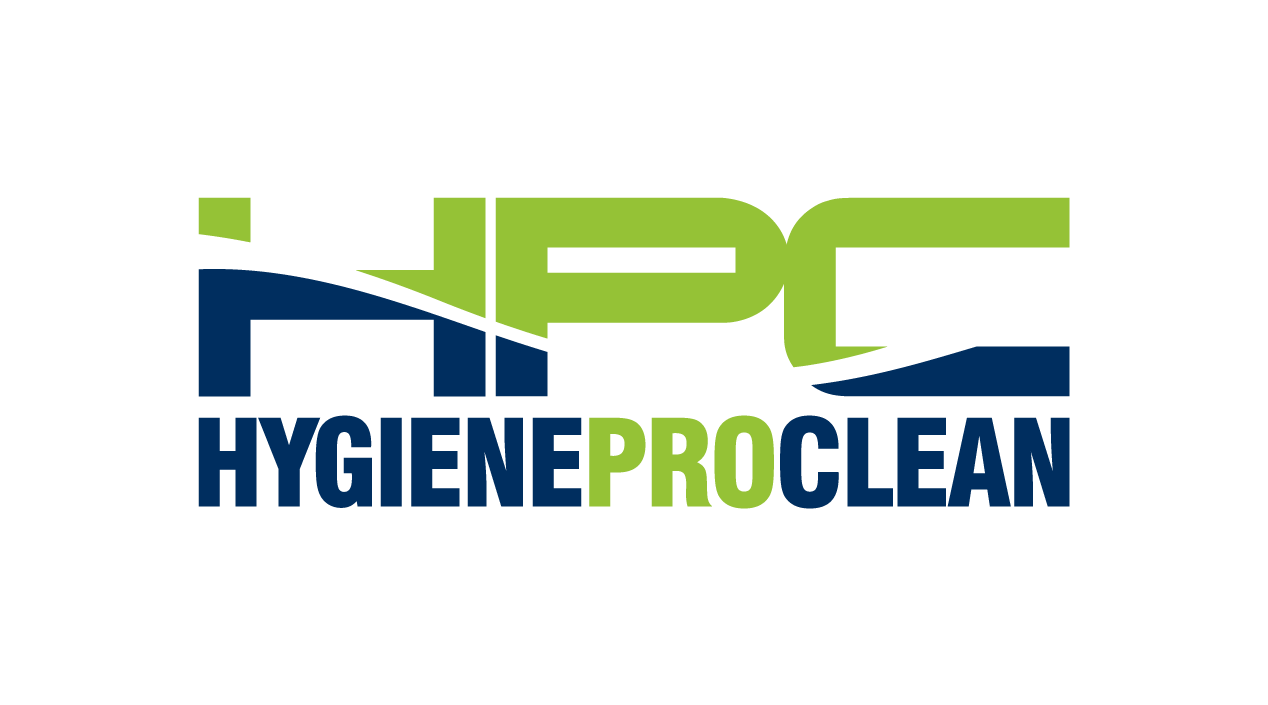What is Black Mould – Is it Dangerous?
Stachybotrys chartarum, commonly known as black mould, thrives in damp areas and moist surfaces. Bathroom ceilings, windowsills, basements, and kitchens are common places to find black mould growing; is black mould dangerous and how can you get rid of it?
Black mould is characterised as a dark green, black, or grey slimy mould, and while its name and appearance may set off alarm bells, Black mould is no more dangerous to humans and animals than any other common moulds. Black mould is most commonly found in areas that have suffered a water leak, rooms with high humidity levels and poor ventilation like bathrooms, areas with frequent condensation and areas where flooding has occurred.
While black mould isn’t necessarily more dangerous than other moulds, for people with allergies, hypersensitivities or asthma, black mould can increase risks of illness. Symptoms of black mould exposure can occur if people are exposed it for prolonged period of time. Symptoms can include:
· Sneezing
· Coughing
· Itchy eyes, throat, or nose,
· Congestion
· Dry and scaly skin.
Black mould is not always visible, it may be hiding under carpet or at the back of a hard-to-reach cupboard; one of the signs of black mould is a musty smell. If you suspect you have black mould in your property, what should you do next?
Hygiene Pro Clean (HPC) offer a free mould survey (with no obligation to book a treatment!); our technicians will look for any traces of mould, take readings and give you a comprehensive report on the extent of the mould and recommend a treatment plan. If you’d like to go ahead with our recommendation, our specialist team will get to work within 24 hours to eliminate mould from your property. HPC gives all customers a written guarantee to completely eliminate any mould, after the treatment has been completed, you’ll receive a mould clearance certificate.
For more information or advice, call our specialist team on 0800 0248090.
